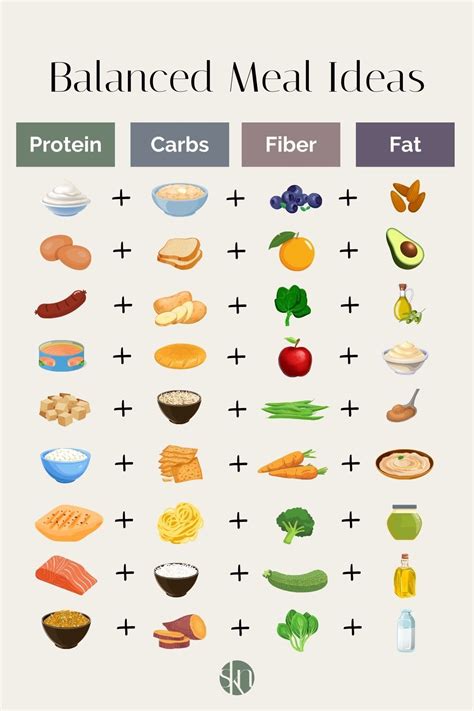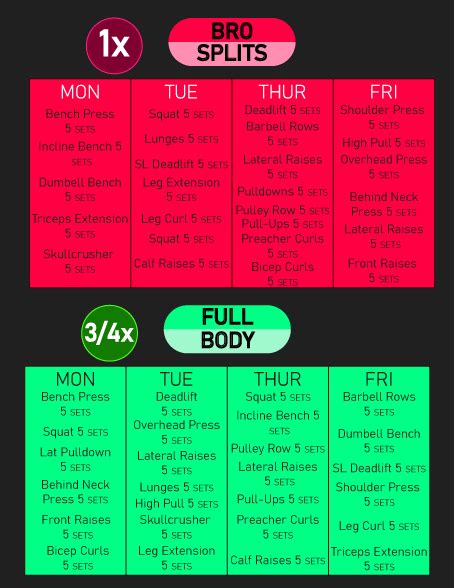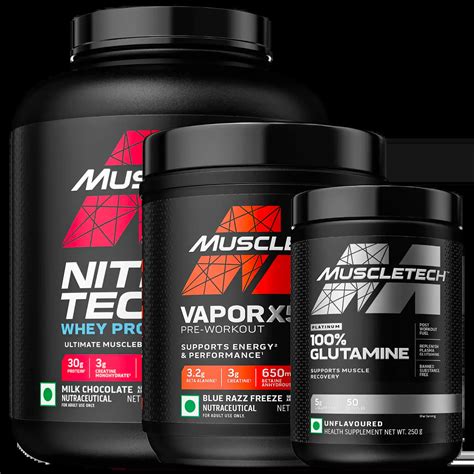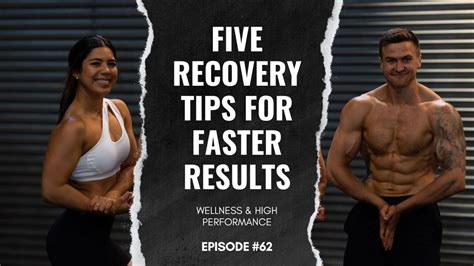How to effectively break strength plateaus for consistent performance gains?

Understanding Strength Plateaus
Every dedicated lifter encounters the dreaded strength plateau. It’s that frustrating phase where, despite your best efforts, your lifts refuse to budge, and progress grinds to a halt. Far from a sign of failure, plateaus are a natural physiological response to adaptation. Your body has become efficient at the current stimulus, and to continue growing stronger, you need to introduce new challenges. Recognizing the signs of a plateau early is key to overcoming it, rather than getting stuck in a rut of demotivation.

Strategic Training Adjustments
The most direct way to break a plateau is to modify your training. Progressive overload is fundamental, but it’s not just about adding more weight. It encompasses increasing reps, sets, reducing rest times, or improving technique. Introducing periodization – cycles of high intensity followed by lower intensity – can help prevent overtraining and allow your body to supercompensate. Varying your exercises is also crucial. If you’ve been doing the same barbell bench press for months, try dumbbell presses, incline presses, or dips to target the muscles from different angles and recruit new motor units.
Consider implementing techniques like drop sets, supersets, forced reps (with a spotter), or negative training to shock your muscles. Incorporating deload weeks, where you significantly reduce volume and intensity, gives your central nervous system a much-needed break and often results in renewed strength when you return to your regular routine.
Optimizing Nutrition for Growth
Your diet plays an indispensable role in your ability to recover and grow stronger. To break a strength plateau, you might need to re-evaluate your caloric intake. If you’re consistently under-eating, your body simply won’t have the fuel to build new muscle or recover from intense workouts. Ensure you’re in a slight caloric surplus, focusing on nutrient-dense foods.
Protein intake is paramount for muscle repair and synthesis; aim for at least 1.6-2.2 grams per kilogram of body weight. Don’t neglect complex carbohydrates for sustained energy and healthy fats for hormone production. Micronutrients from fruits and vegetables are also vital for overall health and recovery. Staying adequately hydrated by drinking plenty of water throughout the day is often overlooked but profoundly impacts performance and recovery.

Prioritizing Recovery and Sleep
Muscle growth and strength gains don’t happen in the gym; they occur during recovery. Sleep is arguably the most powerful recovery tool. Aim for 7-9 hours of quality sleep per night. During deep sleep cycles, your body releases growth hormone, critical for muscle repair and growth. Poor sleep impairs recovery, increases cortisol levels, and can make plateaus more stubborn.
Active recovery, such as light cardio, stretching, or foam rolling, can improve blood flow, reduce muscle soreness, and enhance flexibility, aiding in faster recovery. Stress management is also key; chronic stress elevates cortisol, which can hinder muscle gain and recovery. Incorporate mindfulness or relaxation techniques into your daily routine.

Mindset and Consistency
Finally, your mindset is a powerful factor in overcoming plateaus. Frustration is common, but perseverance is essential. Keep a detailed training log to track your progress, identify patterns, and make data-driven adjustments. Celebrate small victories and remind yourself that consistent effort, even when progress seems slow, will ultimately lead to breakthroughs.
Sometimes, simply taking a mental break from intense training or trying a completely different activity for a short period can re-energize your approach. Remember, a plateau is not a wall, but a temporary roadblock on your journey to greater strength and fitness. With the right strategies and an unwavering commitment, you can consistently break through and achieve new levels of performance.







